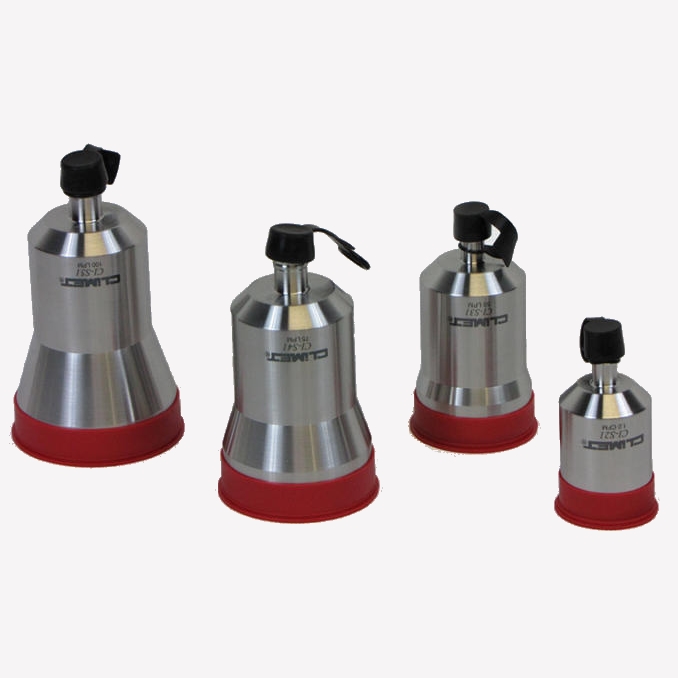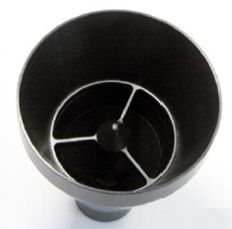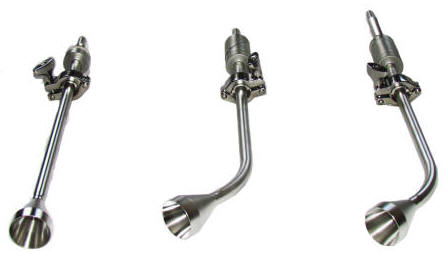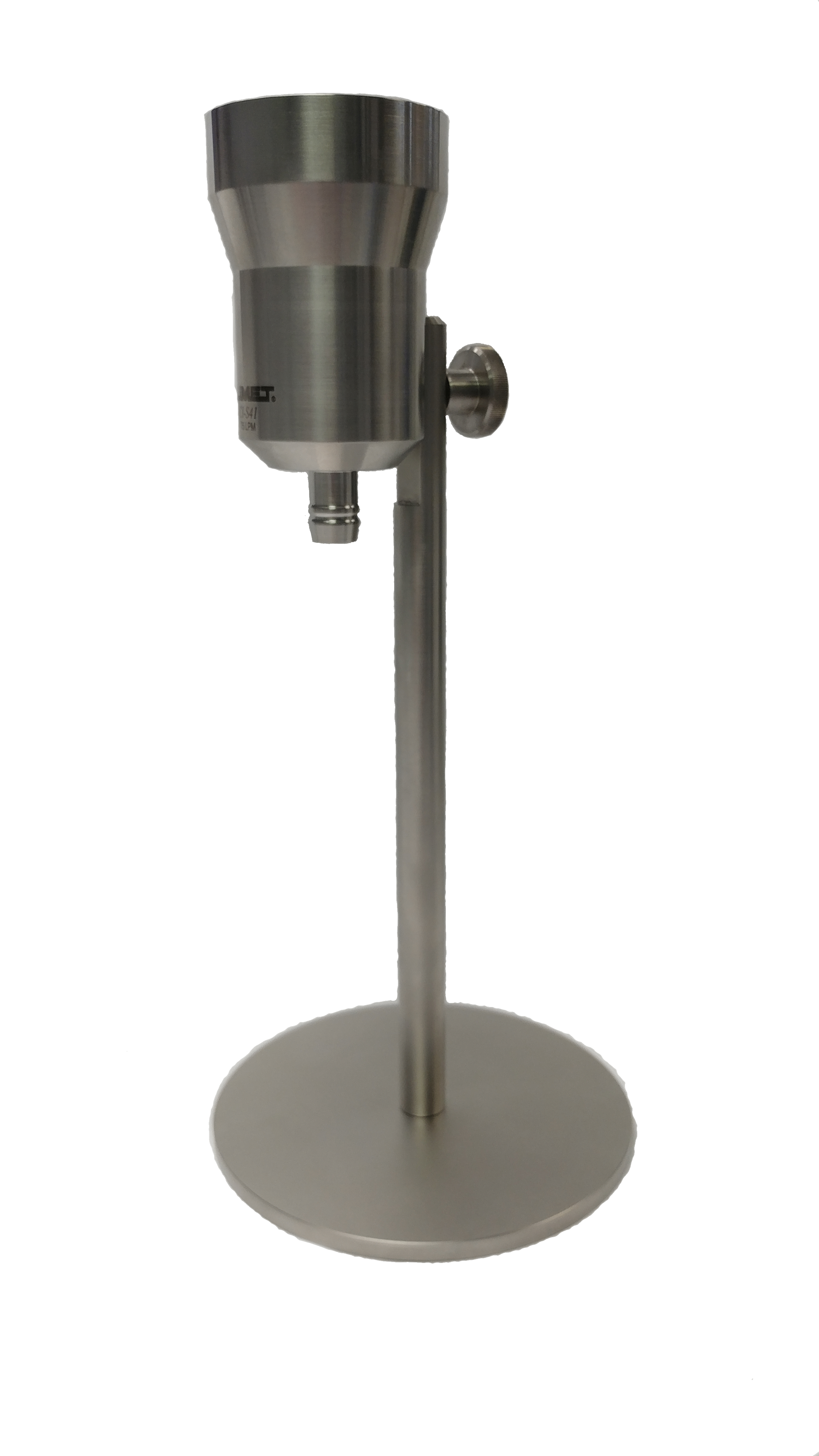Isokinetic Probes & Stands
The background and science behind isokinetic sampling is discussed in Climet's Best Practices: Non-Viable Monitoring handbook., which also addresses probe placement, probe height, and more.
Isokinetic sampling is defined when the Flow Rate of the particle counter (Vf) equals the Nozzle Velocity of the Particle Counter (Vn). Or, Vf = Vn. When this equation is out of balance, you are either over- or under-sampling, which affects particle counts. The good news, there's only a couple of rules you need to follow:
First, use the appropriate size of isokinetic probe that's associated with the flow rate of the particle counter. For example, only use a 100 LPM isokinetic probe with a 100 LPM particle counter.
Second, always use an isokinetic probe in unidirectional or laminar flow areas. Regulatory standards are very clear on this requirement.
Third, when 5 µm particle counts are a size of interest, in non-unidirectional clean areas it is a best practice and recommended using an isokinetic probe pointed upwards. This ensures Vf = Vn, and also mitigates turbulence that can occur around the inlet.

Stainless Steel Probes
Stainless steel isokinetic probe.
Attach to a probe stand and connects to static neutral Bev-A
Line XX transport tubing

Light Blocker Probes
Inlet attached autoclavable black anodized
aluminum isokinetic probe
Learn More

Enclosure Probes
|
|
Isolator/RABS/BSC Isokinetic Probes, Stainless Steel |
Designed for use in isolators, RABS, Biological Safety Cabinets or other enclosed areas. 1 CFM sample probe, includes a bulkhead fitting and quick clamp

Probe Stands & Mounts
|
|
Short Isokinetic Probe Stand, Stainless Steel* | ||
|
|
Tall Isokinetic Probe Stand, Stainless Steel* | ||
|
|
Wall Mount Isokinetic Probe Stand, Stainless Steel* | ||
|
|
|
CI-S22 1 CFM Probe, 3/8" inlet attached CI-3100 OPT |
|
|
CI-S26 1 CFM Probe, 1/4" inlet attached CI-3100 RS |